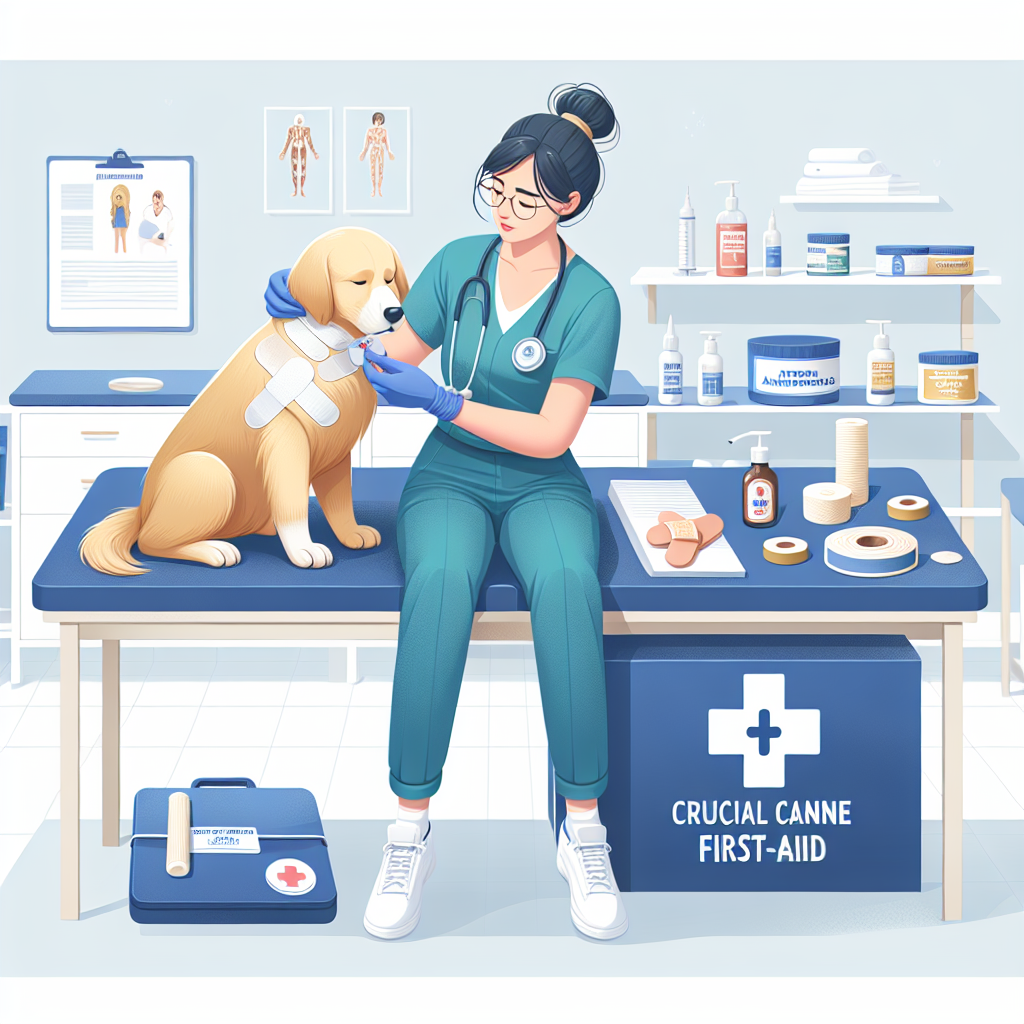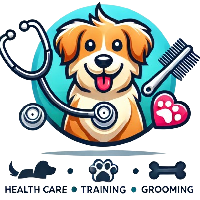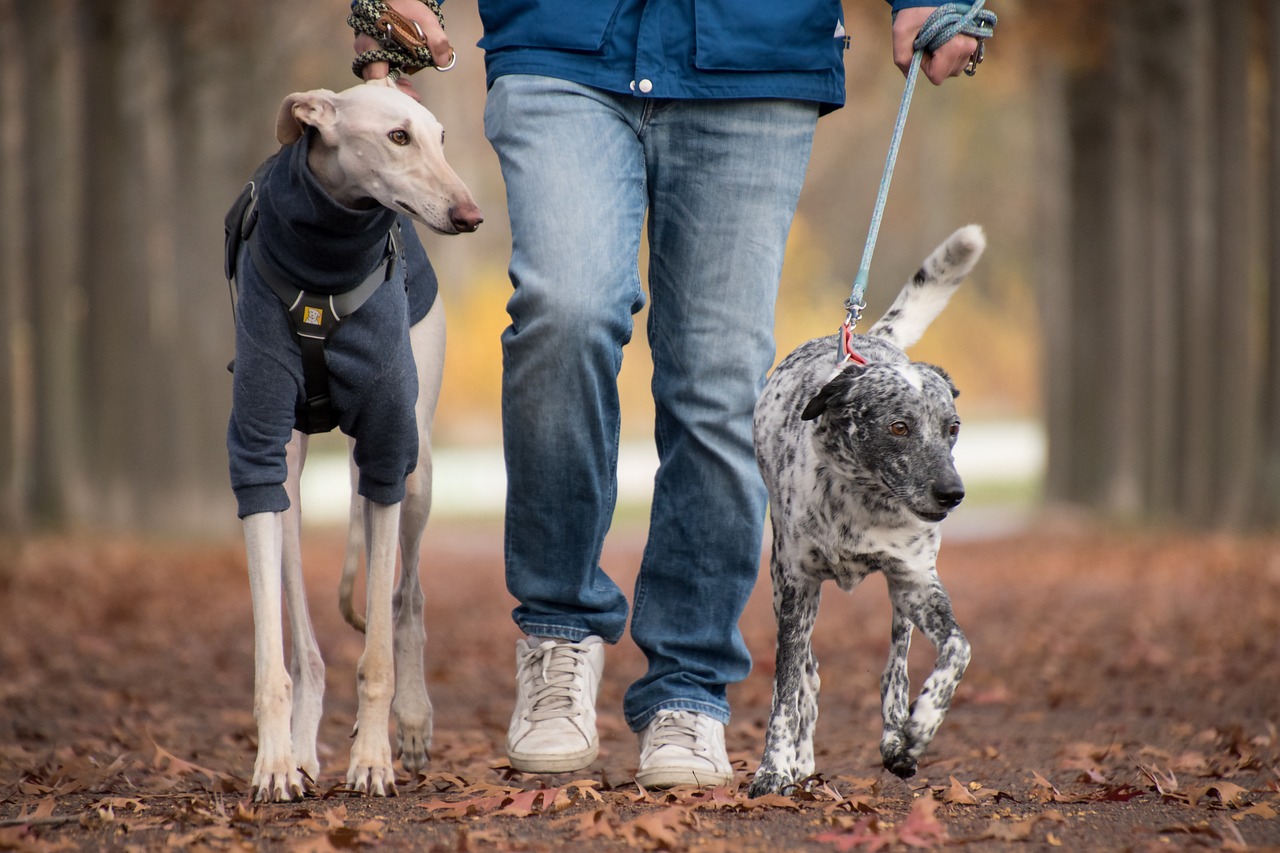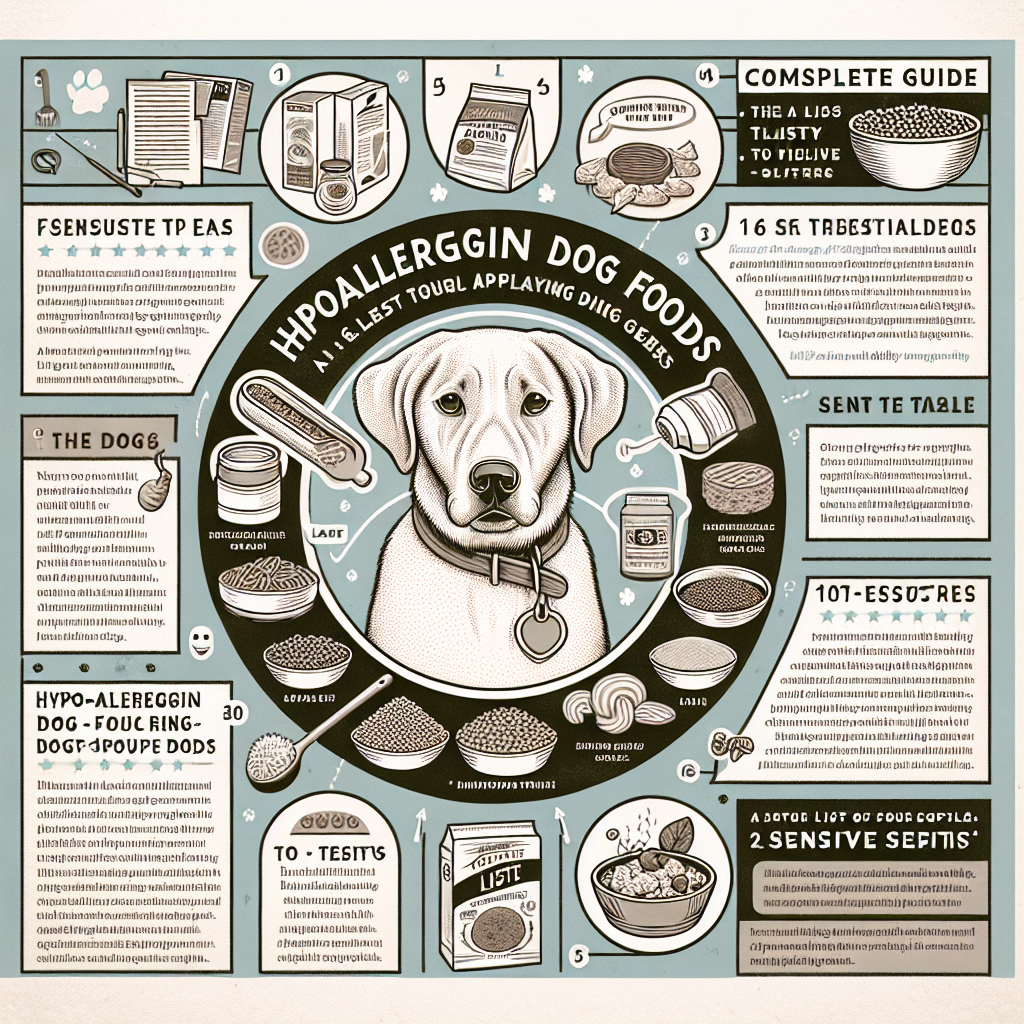
Dogs are more than just pets—they are integral members of our families. Ensuring their safety and well-being is a paramount responsibility, and part of that responsibility includes being prepared for any medical emergencies that might arise. Knowing canine first aid can make a significant difference in how a situation unfolds. This comprehensive guide will provide dog owners with essential first aid tips to ensure their pup’s safety, wellbeing, and swift recovery in emergencies.
Understanding Canine First Aid
First aid is the initial assistance given to a victim of injury or illness before professional medical treatment can be provided. In the case of dogs, first aid can stabilize your pet and prevent a situation from worsening. It’s important to remember that while first aid can be integral, it is not a substitute for veterinary care. Always contact your veterinarian or an emergency animal clinic in serious situations.
Creating a Canine First Aid Kit
A well-stocked first aid kit is an indispensable resource for dog owners. Here’s a list of essential items:
-
Basic Supplies:
- Gauze pads and adhesive tape: For bandaging wounds.
- Non-stick bandages: Preferably self-adhesive varieties.
- Scissors with blunt ends: To safely cut tape and bandages.
- Digital thermometer (rectal): Essential for checking your dog’s temperature.
-
Medications:
- Hydrogen peroxide (3% solution): Inducing vomiting in certain poisoning cases (only under vet guidance).
- Antiseptic wipes or solutions: For cleaning wounds.
- Eye wash solution: Specifically made for pets.
- Styptic powder: To stop bleeding from minor cuts or nail trimming.
-
Tools:
- Tweezers: For removing splinters, ticks, or other foreign objects.
- Oral syringe: To flush wounds or administer liquids.
- Muzzle: Dogs may bite when injured or frightened.
- Flashlight: To examine wounds in low light conditions.
- Information/Documents:
- A list of emergency phone numbers: Your vet, nearest emergency clinic, poison control.
- A booklet of basic first aid instructions specific to pets.
Monitoring Vital Signs
Knowing how to monitor your dog’s vital signs can be crucial. Here’s what to check:
-
Temperature:
- Normal Ranges: 101 to 102.5 degrees Fahrenheit (38.3 to 39.2 degrees Celsius).
- Procedures: Use a digital rectal thermometer. Lubricate it before insertion and gently insert it about an inch into your dog’s rectum.
-
Heart Rate:
- Normal Ranges: 60 to 140 beats per minute, depending on size.
- Procedure: Place your hand on your dog’s chest or feel the pulse at the femoral artery located on the inside of the back leg.
-
Respiration Rate:
- Normal Ranges: 10 to 34 breaths per minute.
- Procedure: Count the number of breaths for 15 seconds and multiply by four to get the rate per minute.
- Capillary Refill Time:
- Procedure: Press on the dog’s gums and release. The color should return within two seconds.
Common Canine Emergencies and First Aid Responses
1. Wounds and Bleeding
Identification: Cuts, abrasions, and punctures are common injuries in dogs.
First Aid Steps:
- Muzzle your dog for safety.
- Apply direct pressure with a clean cloth or gauze to stop bleeding.
- Once bleeding is controlled, gently clean the wound with saline solution.
- Apply an antiseptic and bandage the wound.
- Seek veterinary care for deep or extensive wounds.
2. Choking and Respiratory Distress
Identification: Difficulty breathing, pawing at the mouth, blue gums, or unconsciousness.
First Aid Steps:
- Open your dog’s mouth and use your fingers to remove any visible objects.
- Use the Heimlich maneuver if your dog is conscious:
- For larger dogs, place your arms around the abdomen and give a sharp thrust inward and upward.
- For smaller dogs, hold them up by their hind legs to encourage the object to dislodge.
- Perform rescue breathing if necessary:
- Close the mouth and breathe into the nostrils once every five seconds.
- Head to the nearest vet immediately.
3. Poisoning
Identification: Vomiting, diarrhea, drooling, seizures, or abnormal behavior.
First Aid Steps:
- Identify the poison: Secure any packaging for the vet.
- Call your vet or a pet poison control center.
- Do not induce vomiting unless instructed by a professional.
- Activated charcoal may be administered if recommended by the vet.
- Immediate vet care is crucial.
4. Fractures and Sprains
Identification: Limping, swelling, or an apparent break in the bone.
First Aid Steps:
- Muzzle your dog to prevent bites.
- Keep your dog as still as possible to prevent further injury.
- Immobilize the injury using a soft splint or padding.
- Transport your dog to the vet with minimal movement.
5. Heat Stroke
Identification: Excessive panting, drooling, red gums, vomiting, and collapse.
First Aid Steps:
- Move your dog to a cooler environment immediately.
- Wet your dog with cool (not cold) water.
- Provide cool water for drinking, but do not force it.
- Use fans or air conditioning to help lower body temperature.
- Seek emergency veterinary care without delay.
6. Seizures
Identification: Collapsing, jerking movements, drooling, or loss of consciousness.
First Aid Steps:
- Do not attempt to restrain your dog.
- Move any objects that could cause injury.
- Time the seizure if possible.
- Once the seizure has ended, keep your dog calm and prevent overexertion.
- Contact your vet for further instructions.
7. Hypothermia
Identification: Shivering, lethargy, and slow heart rate.
First Aid Steps:
- Warm your dog gradually using blankets.
- Provide warm (not hot) water for drinking.
- Use warm water bottles wrapped in towels.
- Seek veterinary care promptly.
8. Eye Injuries
Identification: Squinting, excessive tearing, redness, or visible trauma.
First Aid Steps:
- Prevent your dog from scratching or rubbing the injured eye.
- Flush the eye with a saline solution.
- Avoid using medications unless prescribed by your vet.
- Get veterinary care as soon as possible.
Preventive Measures
Preventing emergencies can save your dog from pain and distress. Here are some preventive measures to keep in mind:
-
Regular Vet Checkups: Keeping up with regular vet visits ensures your dog’s health is monitored and potential issues are caught early.
-
Safe Environment: Ensure your home and yard are free of hazards like sharp objects or toxic plants.
-
Proper Identification: Always have your dog wear an ID tag and consider having a microchip implanted.
-
Screening for Toxins: Keep human medications, chemicals, and harmful food items out of reach.
-
Training: Teach basic commands to improve your dog’s behavior and safety.
-
Supervision: Always supervise your dog around new environments or animals.
- Healthy Lifestyle: Provide a balanced diet and regular exercise to ensure overall well-being.
Conclusion
Being informed and prepared for emergencies is a crucial aspect of responsible dog ownership. This guide has covered various essential first aid tips to help you respond effectively during canine emergencies. Remember, while first aid is vital in stabilizing your dog, it is not a substitute for professional veterinary care. Always seek expert help when needed.
By following these tips and keeping your first aid kit well-stocked, you can ensure your pup’s safety and well-being, giving them the best chance for a quick and smooth recovery. Your knowledge and quick action in times of crisis can make all the difference in your dog’s life.
#ChatGPT assisted in the creation of this article.





